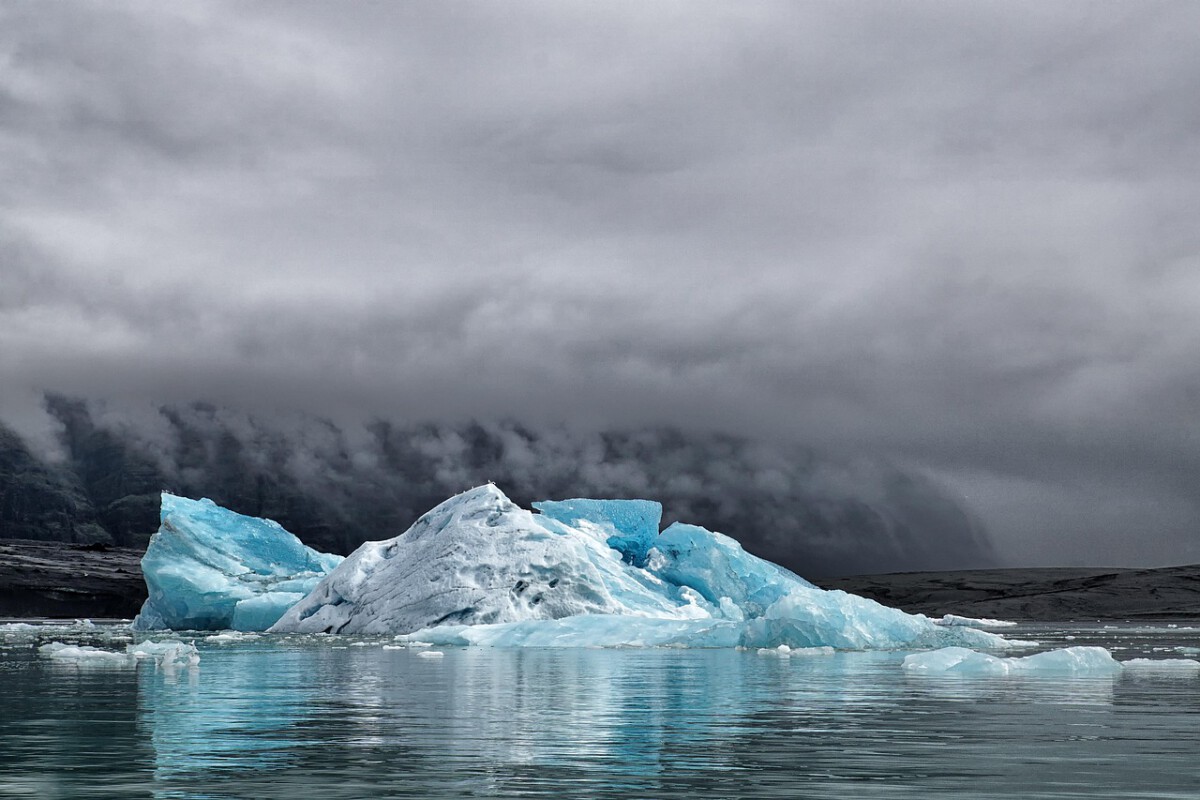The Silent Shifter: The Role of the Indian Ocean Dipole

The Indian Ocean Dipole (IOD), once overshadowed by its more famous cousin El Niño, is now emerging as a silent but powerful player in global climate. The IOD describes temperature differences between the western and eastern parts of the Indian Ocean. When it’s in its “positive” phase, the western Indian Ocean warms up, while the eastern side cools. Scientists are now warning that, according to recent data from the Bureau of Meteorology, a strong positive IOD could be on the horizon for late 2025. The last major positive IOD in 2019 led to severe droughts in Australia and deadly floods in East Africa, impacting millions. Unlike El Niño, the IOD has often been overlooked, but research suggests its influence is just as far-reaching and potentially disruptive. As the world’s eyes focus on Pacific patterns, this Indian Ocean phenomenon could soon take center stage. The current shift in ocean temperatures is setting the stage for what could be a wild weather ride.
Cracking the Code: What Is the Indian Ocean Dipole?

The IOD might sound complicated, but it’s basically a giant see-saw of warm and cool water in the Indian Ocean. Every few years, this pattern flips, changing wind and rainfall patterns across continents. In its positive phase, countries like Australia can get parched, while places like Kenya and Somalia are deluged with rain. In a negative IOD, the opposite happens: Australia gets wetter, and East Africa dries out. Scientists at the UK Met Office have highlighted the growing importance of monitoring the IOD, especially as climate change makes these swings even more unpredictable. This year, ocean monitoring buoys have detected rising temperatures on the western side, hinting at a possible positive phase. With the Indian Ocean warming faster than the global average, these dips and spikes in temperature are getting stronger and more frequent.
The Domino Effect: How the IOD Impacts Global Weather

A big shift in the IOD can be like knocking over the first domino in a long line. For example, in 2019, a positive IOD triggered one of Australia’s worst bushfire seasons on record, causing billions in damage and affecting air quality as far away as South America. Meanwhile, East Africa faced devastating floods that destroyed crops and homes, leaving millions in need of humanitarian aid. According to the World Meteorological Organization, the IOD can also influence monsoon strength in India, typhoon activity in Asia, and even weather patterns as far as Europe. The interconnectedness of our climate system means that a ripple in the Indian Ocean can quickly become a tidal wave of change around the globe.
Latest Forecasts: What’s Coming in 2025?

Meteorological agencies in Australia, India, and the UK are closely watching the current ocean temperature trends. The Indian Ocean is already warmer than usual, and the latest seasonal outlooks from the Australian Bureau of Meteorology show a 70% chance of a positive IOD developing by late 2025. This is far above the normal probability. If these predictions hold, the impacts could be severe: increased risk of drought in Australia, higher temperatures in Southeast Asia, and a heightened flood threat for East Africa. The latest satellite data confirms persistent heat in the western Indian Ocean, supporting these forecasts. Farmers, emergency planners, and governments are being urged to prepare for another round of climate upheaval.
Why Has the IOD Been Ignored for So Long?

For decades, most climate attention went to the Pacific Ocean and El Niño. That’s partly because El Niño events tend to grab headlines with dramatic droughts and floods that are easy to link to its presence. The IOD, in contrast, often flies under the radar because its impacts are more scattered and sometimes overlap with El Niño or La Niña events. Recent research published in Nature Climate Change highlights that, as global warming accelerates, the IOD might actually become the dominant force in Indian Ocean weather. In fact, some scientists now argue that the IOD deserves just as much attention as any other major climate driver. Its effects, although sometimes subtle, can build up over months and have lasting consequences for millions.
The IOD and the Food Chain: From Crops to Supermarkets

When the IOD swings positive, the consequences for agriculture are immediate and severe. In Australia, a positive IOD often means less rain during the crucial winter and spring growing seasons. For example, the 2019 event slashed wheat yields by over 20%, causing prices to spike. In East Africa, excessive rainfall floods fields and washes away seeds, triggering food shortages and price hikes in local markets. The Food and Agriculture Organization recently warned that climate-driven IOD events could put even more pressure on global food systems, already strained by war and supply chain issues. These unpredictable weather swings force farmers to gamble with their livelihoods, not knowing if the next season will bring feast or famine.
Human Stories: Lives Upended by the IOD

Behind the statistics are real people living through the chaos the IOD can create. In Kenya, the 2019 floods displaced over 300,000 people, with many still struggling to rebuild. In Australia, towns like Armidale and Tamworth faced water shortages so severe that some residents had to rely on trucked-in water for months. Livestock perished, crops withered, and mental health crises soared. These are not isolated incidents. The Red Cross has described recent IOD events as “silent emergencies” that don’t get the attention they deserve. For families who lose their homes, savings, or loved ones, the IOD is not just a weather pattern—it’s a life-changing force.
The IOD and the Wild Card: Interaction with El Niño

Sometimes, the IOD teams up with El Niño, creating a climate “double whammy.” When both patterns are in their positive phases, the impacts can multiply. In 2015 and 2019, the combination led to record-breaking heatwaves and droughts in Australia and catastrophic floods in East Africa. According to the Climate Prediction Center, the odds of these “compound events” are rising as ocean temperatures climb. This year, there are early signs that an El Niño could overlap with a positive IOD, raising alarms among climate scientists. This rare alignment could mean even more extreme weather ahead, from supercharged storms to prolonged dry spells.
What the Scientists Are Saying: Latest Research Insights

A new study from the University of New South Wales warns that positive IOD events are becoming more frequent and more intense, likely due to human-driven climate change. Their models predict up to a 30% increase in strong IOD years by 2050 if carbon emissions continue at current rates. Other research, such as the 2024 report by the World Climate Research Programme, suggests IOD events now start earlier and last longer. These shifts make it harder for farmers and governments to plan. The scientific community is calling for better ocean monitoring and more public awareness so that societies can adapt before it’s too late.
Preparing for the Unpredictable: What Can Be Done?

Governments and communities in the Indian Ocean region are rushing to prepare for what could be a turbulent end to 2025. In Australia, water restrictions and fire bans are already being discussed as drought looms. East African countries are stockpiling emergency supplies and strengthening flood defenses. The United Nations has urged countries to invest in climate-resilient infrastructure and better early warning systems. Experts stress that adaptation is possible: smarter farming techniques, drought-resistant crops, and improved disaster response plans can save lives and livelihoods. As the IOD gears up for another round, the best defense is knowledge and preparation.
Looking Ahead: The World Holds Its Breath

With the Indian Ocean heating up at record rates, the IOD is poised to become a main character in the climate drama of 2025 and beyond. Ordinary people, farmers, and city-dwellers alike are watching and waiting to see what this long-ignored climate pattern will bring. The stakes are high, and the coming months could rewrite the weather record books. No one can say for sure what will happen, but one thing is clear: the Indian Ocean Dipole is no longer content to stay in the background. It’s ready to shake things up.







